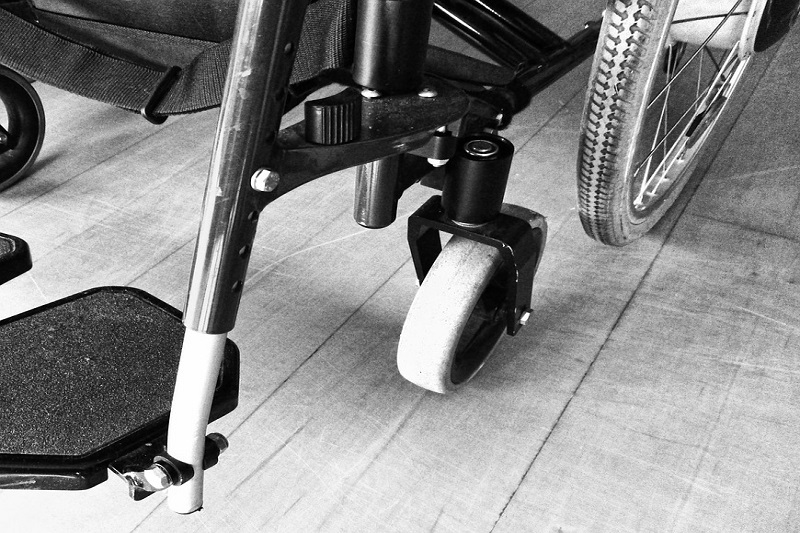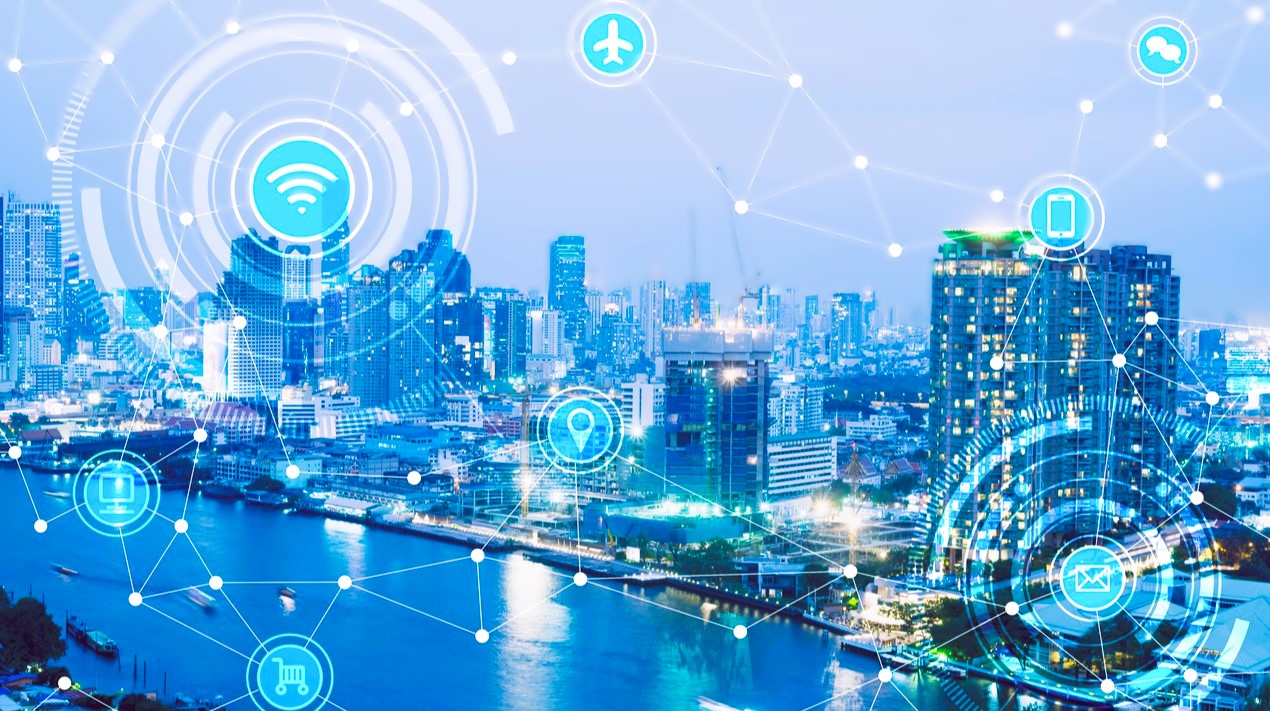
A medical technology called Hybrid Assistive Limb (HAL), which is expected to help revolutionise the healthcare industry in the Philippines, was recently launched.
According to a recent report, HAL is the world’s first cyborg-type robot, reminiscent of Terminator, which can bring aid and assistance to patients who have suffered traumatic spinal and/or who have been rendered immobile by stroke or diseases.
What exactly is HAL?
It is a wearable technology that blends man, machine and information. Considered as a system, it assists patients afflicted with immobility to move and exert bigger motor energy than usual.
It aids in accelerating the motor learning of cerebral nerves.
This technology leverages on sensors and artificial intelligence (AI). HAL teaches the brain how to move the legs and helps realise the intention of its wearer, which is either to walk or to stand up.
It compensates muscle power to the lower limbs. Plus, it provides assistance to the patients as they try to do motor activities with the use of their own legs such as the aforementioned walking or standing up or even sitting down.
Controller’s functions
It has a freely detachable controller that allows the operator to manipulate all the operation while watching closely the movements of the wearer. These operations include:
- Start/stop of assistance
- Alteration of settings
- Confirmation of motion statuses
Target market
The Philippines is the pilot market for the launch of the technology in Southeast Asia. It is presently available in a hospital in Las Piñas, with 12 units being showcased in an in-house showroom.
The technology is not for sale and can be used by patients on a rental-basis per session so that it will be more accessible even for the underprivileged.
Making it affordable lessens the strain on the hospital and the patient. Barely a month in operation, the technology had already been rented out to 17 patients with different cases for up to 90 minutes per session.
To reach out to more people who are in need of such technology, there is a plan to roll it out across the country’s twelve regions, plus the National Capital Region (NCR).
They plan to make it available in as many public and private hospitals nationwide to reach more people in need of the technology.
More importantly, they intend to partner with the government, through the Philippine Health Insurance Corporation (PhilHealth) and Philippine Charity Sweepstakes Office (PCSO).
This will make the technology available even for indigent patients.
This technology is not only for the rich. It is for all patients afflicted with immobility, secondary to any illness such as stroke and spinal cord injuries, among others.
The technology was brought to the Philippines by a Japanese robotics company. The President and CEO of the said company explained, “I believe that technology should be for the human society, and technology should always support the humans.”
















